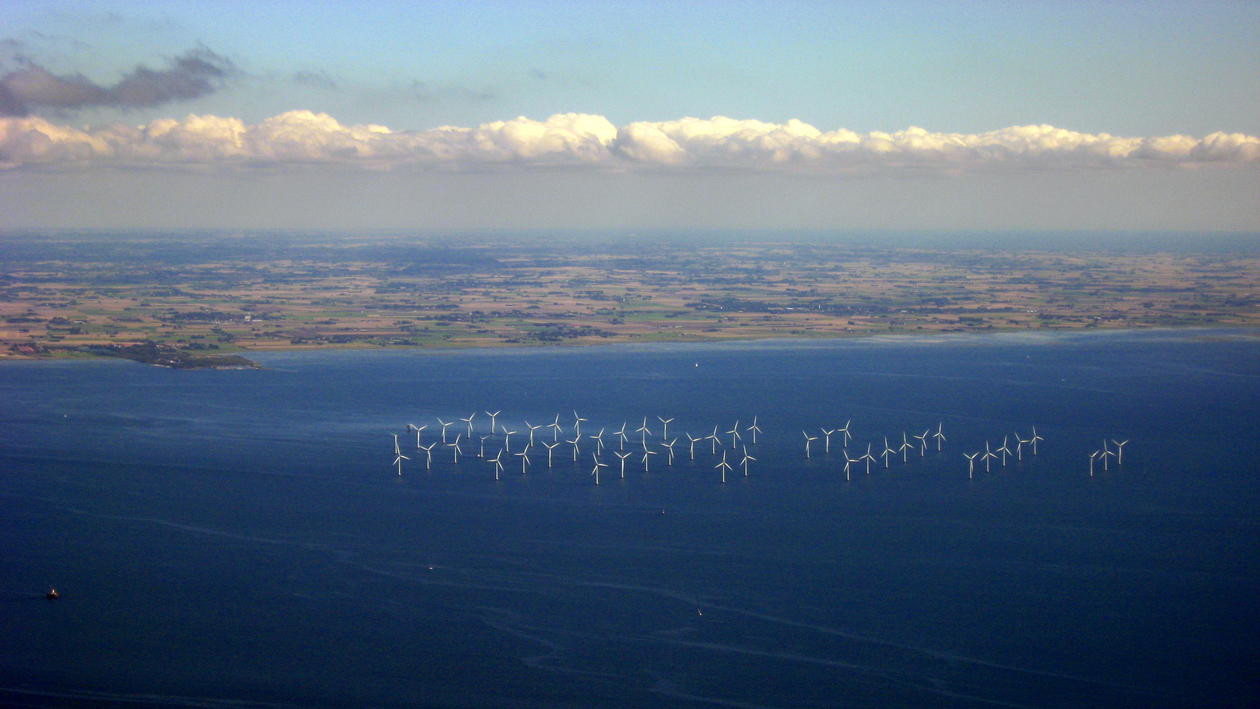Aerodynamical optimization of airfoils and winglets for wind turbine application

Hovedinnhold
Thomas Hansen from the Bergen Offshore Wind Centre (BOW) presented on "Aerodynamical optimization of airfoils and winglets for wind turbine application" Tuesday the 10th of September. The slides from his presentation can be found below.
Abstract: "The presentation summarises work on applying evolutionary optimisationalgorithms for the design of airfoils and winglets for wind turbine application. The work is divided into three studies.
First, the performance of the numerical tools is investigated bysimulating a glider aircraft in steady level flight. The simulations are performed by solving the incompressible Reynolds Averaged Navier-Stokes (RANS) equations, and to predict the transitional boundary layer flow, the correlation-based Re-Theta transition model is applied.
Next, an airfoil optimisation method that reduces the loss in performance due to leading edge contamination on wind turbine blades is developed and tested. Here, the aerodynamic coefficients are computed using the panel code XFOIL, and to improve the accuracy, the code is adjusted for wind turbine airfoil flows. The airfoil shapes are optimised using the Covariance Matrix Adaptation Evolution Strategy algorithm, and in order to include constraints, an adaptive penalty function is created.
Finally, a winglet optimisation method is developed and tested for amodel-scale wind turbine. The turbine performance is simulated bysolving the RANS equations and the best performing winglet is obtainedby constructing a Kriging surrogate model. To refine the surrogate, aninfill criterion based on expected improvement is maximised using a hybrid genetic-gradient optimisation algorithm. The simulated windturbine performance, both with and without winglets, is validated byperforming experiments in the NTNU wind tunnel."
The seminar will be held from 12:15 to 13:00 (we open the doors at 12:00) in the Helland-Hansen room, Geophysical Institute, Allegaten 70,Bergen. As always, it is free and open to all interested parties, so bring your lunch and join us for an interesting presentation followed by a Q&A session.